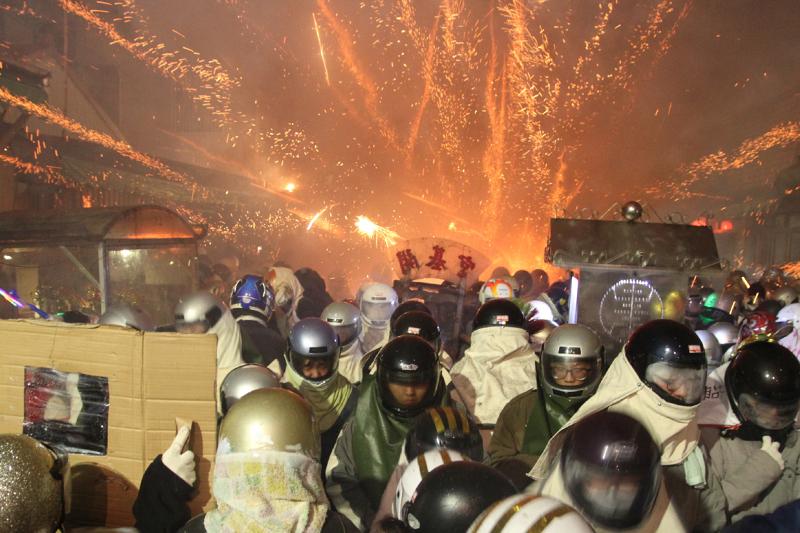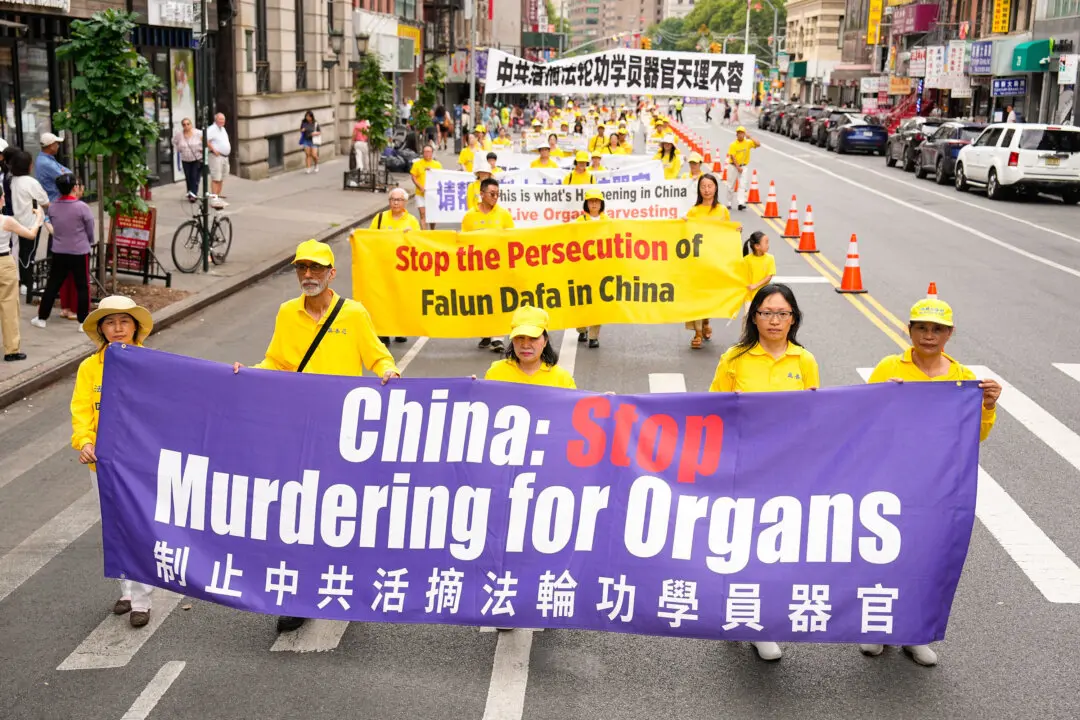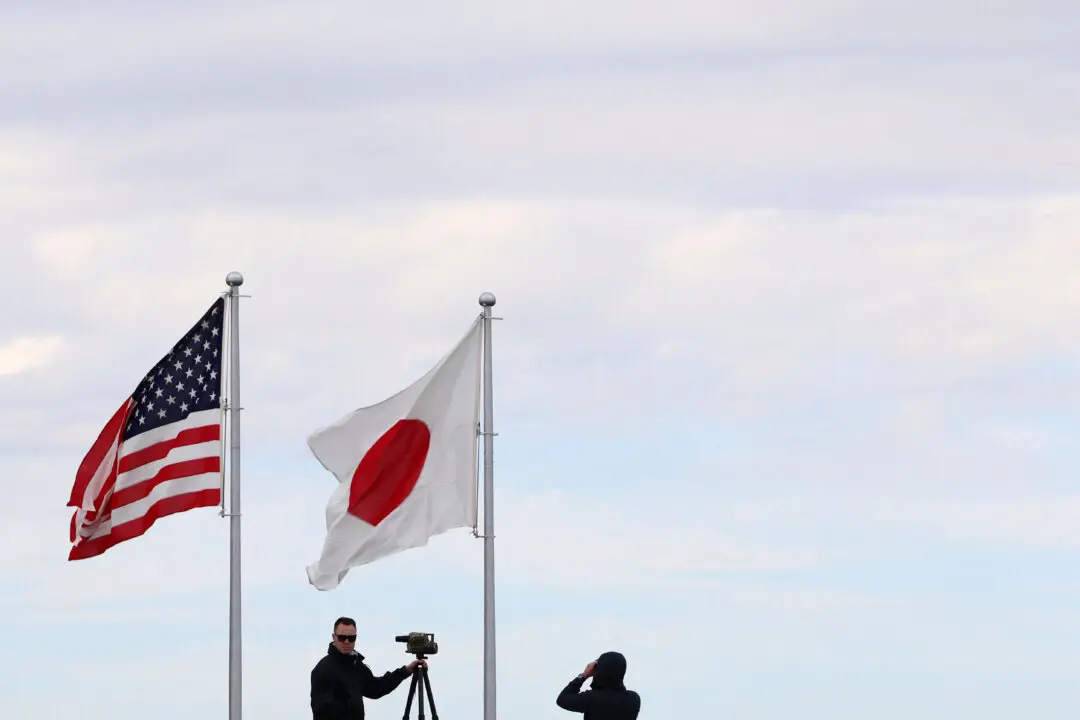On Feb. 22, millions of Chinese around the world celebrated “yuanxiao,” or the Lantern Festival. The festival, which has a history of over 2,000 years, also marks the end of the Lunar New Year, an occasion commemorated over the course of a fortnight. The festival is also the Chinese equivalent of Valentine’s Day, because in ancient China single women were allowed to venture outside their homes unchaperoned, a rare opportunity that helped kindle love.
Today, Chinese people in China, Hong Kong, and Taiwan usually light up Chinese paper lanterns and set afloat sky lanterns, or small paper hot air balloons, during the festival.
Below are 3 lesser-known traditions but integral parts of the Lantern Festival celebration.

Yanshui Beehive Fireworks Festival in Taiwan on Feb. 22, 2016. Central News Agency





